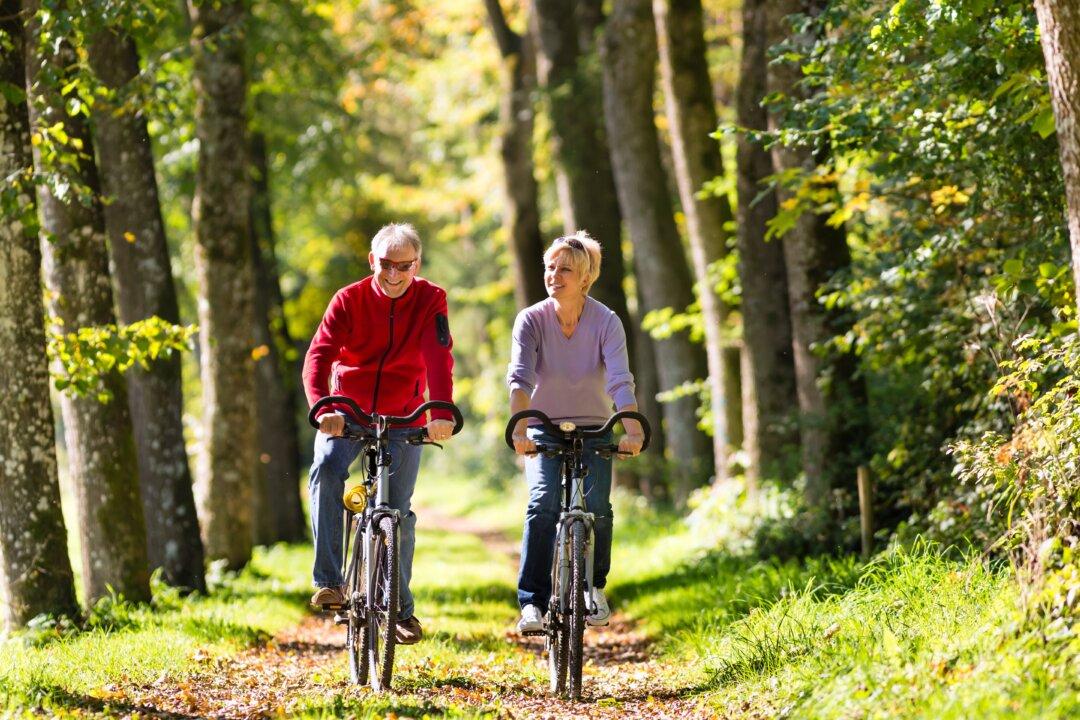Thank goodness we never forget how to ride a bike. Besides being convenient and environmentally friendly, cycling is an excellent source of physical activity for many fitness levels. And, for those who never learned how to bike or have stopped, time to get on the saddle.
This Monday get those bike tires pumped with air and hit the road or trail. Why start on Monday? Because research shows that getting on a health track on the first day of the week improves the chance of repitition.

